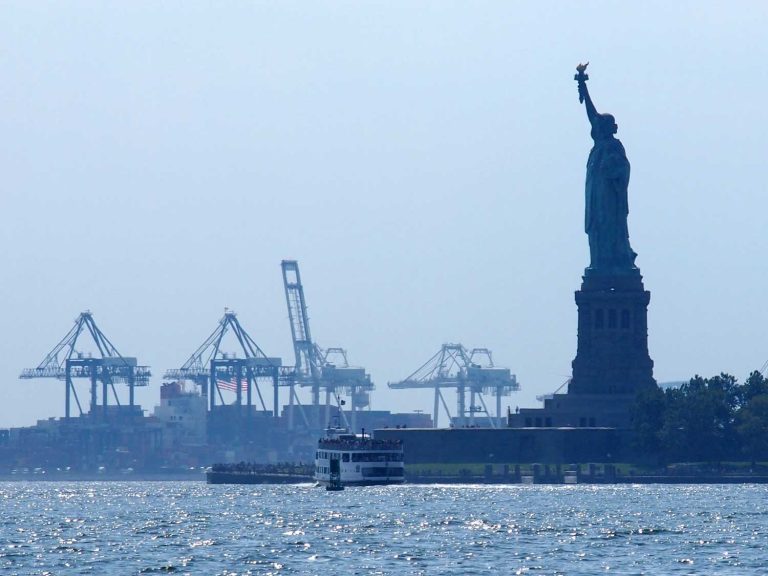
Date:
USEC sea freight rates climb despite ILA strike resolution
The recent resolution of labour negotiations between the International Longshoremen’s Association (ILA) and the US Maritime Alliance has averted a potentially disruptive strike across US East Coast and Gulf Coast ports. However, the last-minute nature of the agreement has left shippers contending with elevated costs, strained supply chains, and lingering uncertainties.
In anticipation of a strike, shippers front-loaded cargo to avoid potential port closures, causing a short-term surge in import volumes. Retailers moved spring merchandise earlier than usual, and many shifted inbound flows to US West Coast ports or secondary supply sources. While these actions ensured inventory availability, they also lengthened transit times, strained port operations, and drove up transportation costs.
Even with the strike threat resolved, the backlog of elevated volumes will take time to normalise. Some ports are already reporting delays as they work through the excess cargo, further tightening capacity and extending delivery schedules. This logistical ripple effect is compounded by pre-Lunar New Year demand, which has spurred additional shipments and intensified pressure on the supply chain.
Rising costs and capacity constraints
The surge in front-loaded cargo has led to significant rate increases on the transpacific trade lane. Spot rates to the US East Coast rose sharply, with increases exceeding 25% since mid-December. This upward trend, driven by demand spikes and tighter capacity, is expected to persist as carriers announce new general rate increases (GRIs) of up to $3,000 per 40ft container in February.
Moreover, these measures are creating downstream financial impacts for businesses. Elevated inventory levels, longer transit times, and higher transportation costs are affecting margins and working capital, particularly for goods sourced from Asia. Export sectors, including refrigerated and hazardous freight, are also facing acute challenges due to capacity constraints and mitigation actions by carriers.
The overall capacity situation on the Asia–USWC lane tells a more complex story. Carriers have deployed 1.34 million TEU for the four-week CNY period, representing a sharp 33% year-on-year increase and the highest capacity level in recent years and far outpaces current demand increases, creating a risk of oversupply.
Currently, only 9% of capacity has been blanked for the CNY period, well below the 23% blanked in 2024 and the pre-pandemic average of 19%. Historically, carriers have announced significant additional blank sailings closer to CNY and this pattern may repeat in 2025, although uncertainties around the phase-in of new alliance networks may complicate the picture
Strike resolution provides relief, but challenges persist
While the strike resolution has provided relief, ongoing geopolitical and seasonal pressures continue to shape market dynamics. The Lunar New Year holiday, which falls on 29 January, has spurred a wave of early shipments, exacerbating capacity challenges on the transpacific trade lane. Simultaneously, uncertainty surrounding the incoming US administration’s potential tariff increases has added urgency to shipments, further intensifying demand.
Geopolitical risks, such as tensions in the Red Sea and concerns about a renewed US-China trade war, remain a wildcard that could destabilise global trade flows. These factors, combined with already elevated freight rates and tight capacity, are likely to keep shippers on edge in the coming months.
The resolution of the ILA strike may have averted immediate disruption, but the ripple effects of front-loaded cargo, capacity challenges, and elevated freight rates will continue to impact supply chains in the months ahead. Metro is here to help you manage these complexities, offering real-time insights and effective strategies to keep your goods moving efficiently and cost-effectively.
EMAIL Managing Director Andrew Smith today to discover how Metro can protect and future-proof your supply chain in North America and beyond. Let us help you build a resilient strategy for 2025 and navigate the challenges ahead with confidence.
